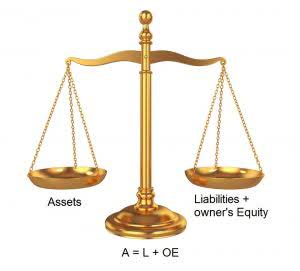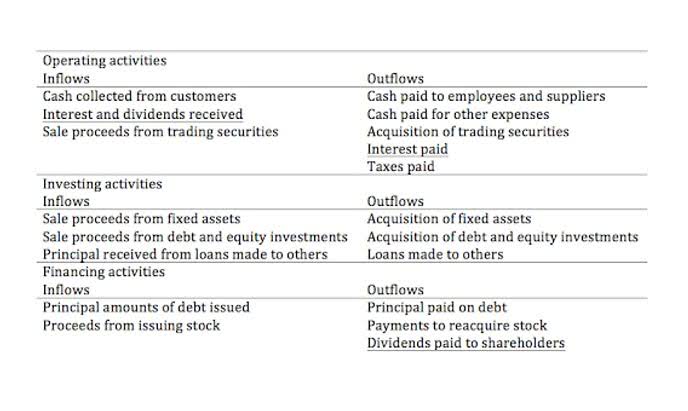
Given the abundance of partial terminations in today’s economy it’s important to understand the accounting implications of such transactions. Leases include contracts or agreements for real property and equipment that meet the definition of a lease and for contracts or agreements that, although not explicitly identified accounting for lease termination lessor as leases, meet the definition of a lease. A lease excludes contracts or agreements for services, except those contracts or agreements that contain both a lease component and a service component. The lease of the additional office space was not part of the original terms and conditions of the contract.
These processes and controls will likely need to involve individuals from different functions within the organization, such as accounting, legal, procurement and sales. If the modification is not a separate contract, the lessor reassesses the classification of the lease based on the modified terms. At lease commencement, LE records an ROU asset and lease liability of $386,087, which is the present value of the 10 annual payments of $50,000 using the 5% incremental borrowing rate. For a modification that is not a separate lease, the lessee’s accounting depends on the nature of the modification.
Appendix B: Tracking Enhanced-Use Leases in FMS
GASB 87 requires lessees to remeasure the lease liability and lease asset based on the adjusted payment terms. The lessee will calculate the adjustment to the lease liability and recognize an adjustment of the same amount to the lease asset, with any difference reflected in gain or loss for the current period. For example, if the lease liability decreases by $100 based on the new payment terms, the lessee must decrease the right-of-use asset value by $100. Lessors reporting under GASB 87 will remeasure the deferred inflow of resources, as well as the lease receivable, in the same manner.
Present Value – The discounted value of a payment or stream of payments to be made in the future, taking into consideration a specific interest rate. Discount rate – The interest rate used to calculate the present value of cash flows over a period of years. Capitalize – To record an expenditure or contribution which may benefit a future period as an asset rather than to treat the expenditure as an expense of the period in which it occurs. It should be noted that under ASC 842 both the first and second approach are permissible and under IFRS 16 only the second approach can be used.
Accounting for lessee modifications
Also, because of the different lease classifications available under US GAAP (i.e. sales-type and direct financing), there are other differences in post-modification lessor accounting when lease modifications are not accounted for as separate contracts. LE then remeasures the lease liability to reflect the revised lease payments of $30,000 annually for the remaining lease term of 7 years, using the revised incremental borrowing rate of 7%. As a result, the modified lease liability is $161,679, a further decrease of $11,912 ($173,591 – $161,679). LE recognizes the $11,912 decrease to the lease liability with a corresponding decrease to the ROU asset. Companies have been busy implementing the new leases standard (IFRS 16), with a particular focus on transition and the Day 1 accounting. Although companies may have dealt with lease modifications at transition, modifications that take place after transition are a key ‘Day 2’ aspect of the new standard for both lessees and lessors.





Add comment